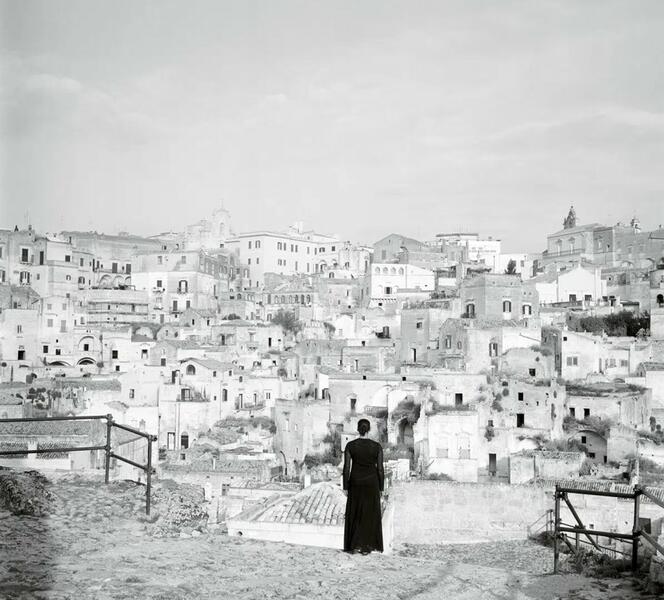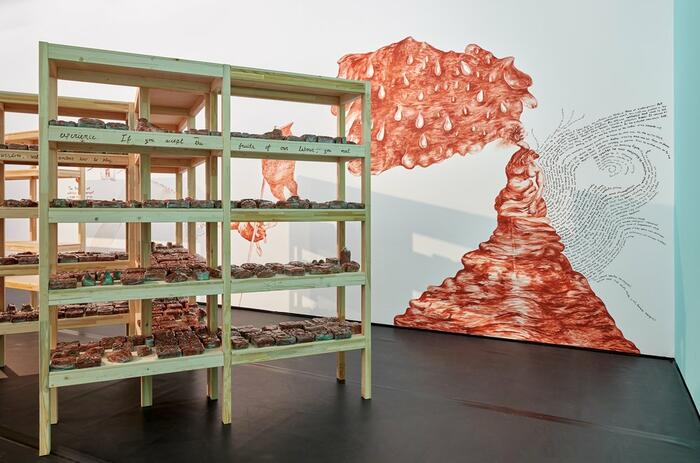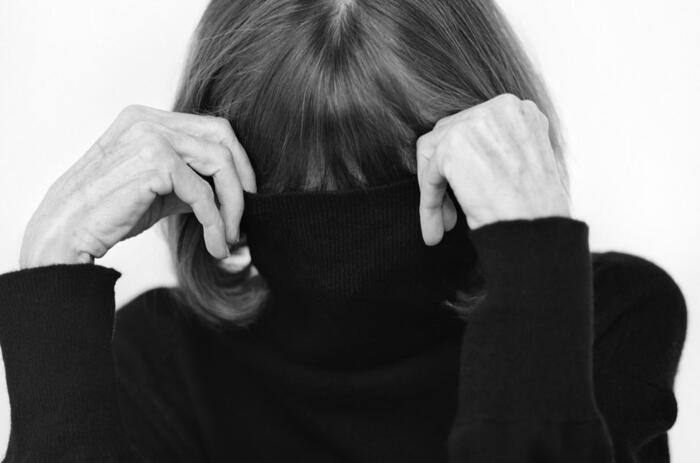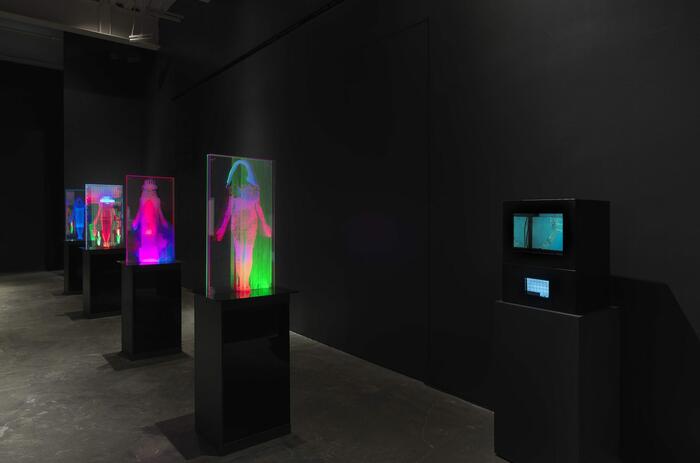CARRIE MAE WEEMS: A GREAT TURN IN THE POSSIBLE AT FUNDACIÓN MAPFRE
A constellation of the images, themes, tropes, and concerns that have persistently preoccupied artist Carrie Mae Weems from the beginning of her career, A Great Turn in the Possible outlines a retrospective revisiting four decades of a trajectory that has proved necessary and visionary in equal terms.

A Great Turn in the Possible follows Carrie Mae Weems’s muses, as they perform and re-enact life itself, as they occupy public space, as they challenge history and its scenarios, as they embrace the future and its conditions of possibility, as the artist seeks to generate a space for a new socio-political and cultural conversation, praising the efforts of the precursors, widening the path for the successors, and most of all, aspiring to a communal reimagination of a shared future.
From her early works, Weems has consistently observed everyday experiences and offered visual representation and agency to the community that has historically been deprived of them. From the reappropriation of daguerreotypes and photographs that aimed to justify and perpetuate the imposition of certain imaginaries onto forms of black subjectivity, to the contemporary narration of the quotidian, photographing her friends and relatives as she reimagined new models to live by, Weems’s work has insistently engaged in an exercise of commemoration. One that manifests in her longing to take ownership of one’s own narrative and reinvent a paradigm beyond the racial prejudices so heavily rooted in the United States’ sociopolitical psyche and imaginary.
By distinctively deciding to focus on black subjecthood, from early in her career Weems strives to restore the knowledge of that community far beyond any desire to generate an essentialist politics of representation. Subverting popular memorabilia, reinventing “the everyday” as folklore, to eradicate over-imposed mythologies onto the black community –in the US and elsewhere, historically and in the present– but as importantly, understanding such exercise as a necessary step in the formulation of a new humanism, have been and continue to be determining characteristics of Weems’s practice.
-
Carrie Mae Weems. The Edge of Time – Ancient Rome, from the series “Roaming”, 2006. © Courtesy of the artist and the Jack Shainman Gallery, New York.
-
Carrie Mae Weems, Blue Black Boy, 2019. From the series “Untitled (Colored People)”. © Carrie Mae Weeems. Courtesy of Jack Shainman Gallery, New York and Galerie Barbara Thumm, Berlin.
-
Carrie Mae Weems, Slow Fade to Black (Josephine Baker), 2009-11. © Carrie Mae Weems. Courtesy of Jack Shainman Gallery, New York and Galerie Barbara Thumm, Berlin.






